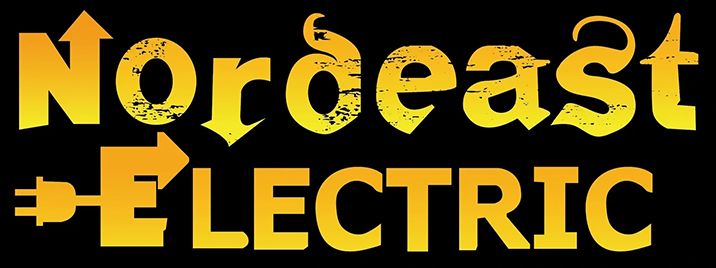FAQs
Nordeast Electric
Have an electrical-related question? Nordeast Electric has the answer. Check out these FAQs andgive us a call today for more information!
What methods of payment do you accept?
We primarily accept checks and electronic fund transfers (EFT/ACH). Cash, major credit cards, and debit cards are also accepted. However, we don't process payments through Venmo, Paypal, Google Pay, or cryptocurrencies.Are you licensed?
Yes, we are fully licensed. Our business holds a Minnesota operating license, and all our electricians are licensed as either journeymen or apprentices. The only exception is our bookkeeper, whose expertise lies in financial matters rather than electrical work.My breaker keeps tripping. What's wrong?
Breaker tripping can stem from various issues. It could be due to a faulty breaker, a short in the circuit, or an overloaded circuit. Nordeast Electric can diagnose the problem, replace worn-out breakers, repair shorts, or split circuits to ensure your electrical system operates safely and efficiently.Why are my lights flickering?
Flickering lights often indicate underlying electrical issues such as loose connections, damaged wiring, or problems with the service panel. Older homes with multiple generations of wiring are particularly susceptible. Our experienced electricians can identify and resolve these hidden problems effectively.Where did the watts go on light bulbs?
Modern light bulbs are now typically measured in lumens, which indicate light output, rather than watts, which measure power consumption. This shift reflects the increased energy efficiency of newer lighting technologies. Most packaging now includes both measurements for easy comparison.What are LED's and why should I have them?
LED (Light Emitting Diode) bulbs offer superior energy efficiency, longevity, and safety compared to traditional incandescent or fluorescent bulbs. They're cooler to touch, mercury-free, and can significantly reduce your energy bills. As of August 2023, incandescent bulbs are no longer sold in the U.S., making LEDs an increasingly popular choice.What are Kelvins?
Kelvins measure color temperature in lighting, ranging from 1,000 to 10,000. For residential use, 2700K-3000K provides a warm, cozy light, while 3500K-5000K offers a cooler, more neutral light suitable for kitchens and living areas. Higher Kelvin ratings produce a bluer, crisper light often used in commercial settings.What is a GFCI outlet?
A Ground Fault Circuit Interrupter (GFCI) outlet is a safety device required in areas where water exposure is possible, such as kitchens, bathrooms, and outdoor spaces. It quickly detects current changes and trips the circuit to prevent electrical shocks.What is a dedicated circuit?
A dedicated circuit is an electrical line that serves only one outlet or appliance. Certain high-power devices, like electric ranges, are required by code to have their own circuit. In older homes, you may find individual outlets on separate circuits due to previous renovations.How do I get started with an electrician?
To begin working with an electrician, verify their credentials through the MN Department of Labor and Industry. Ensure they're licensed, insured, and willing to pull necessary permits. Ask about their expertise, pricing, and physical location. Read reviews, but remember that quality doesn't always correlate with size or discounts. Choose a professional you feel comfortable with and who specializes in your type of project.

Share On: